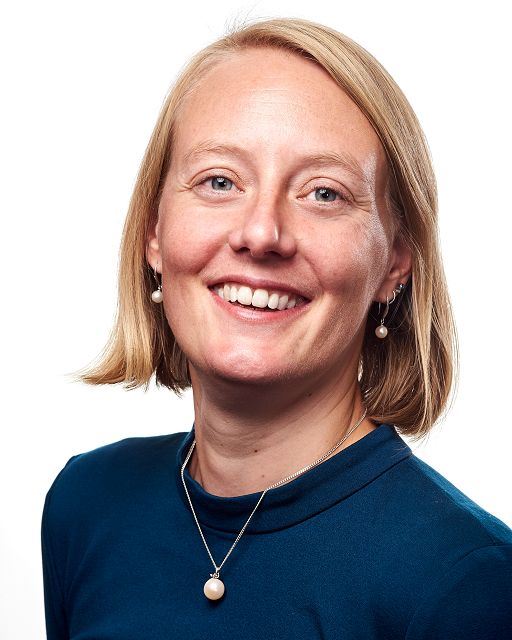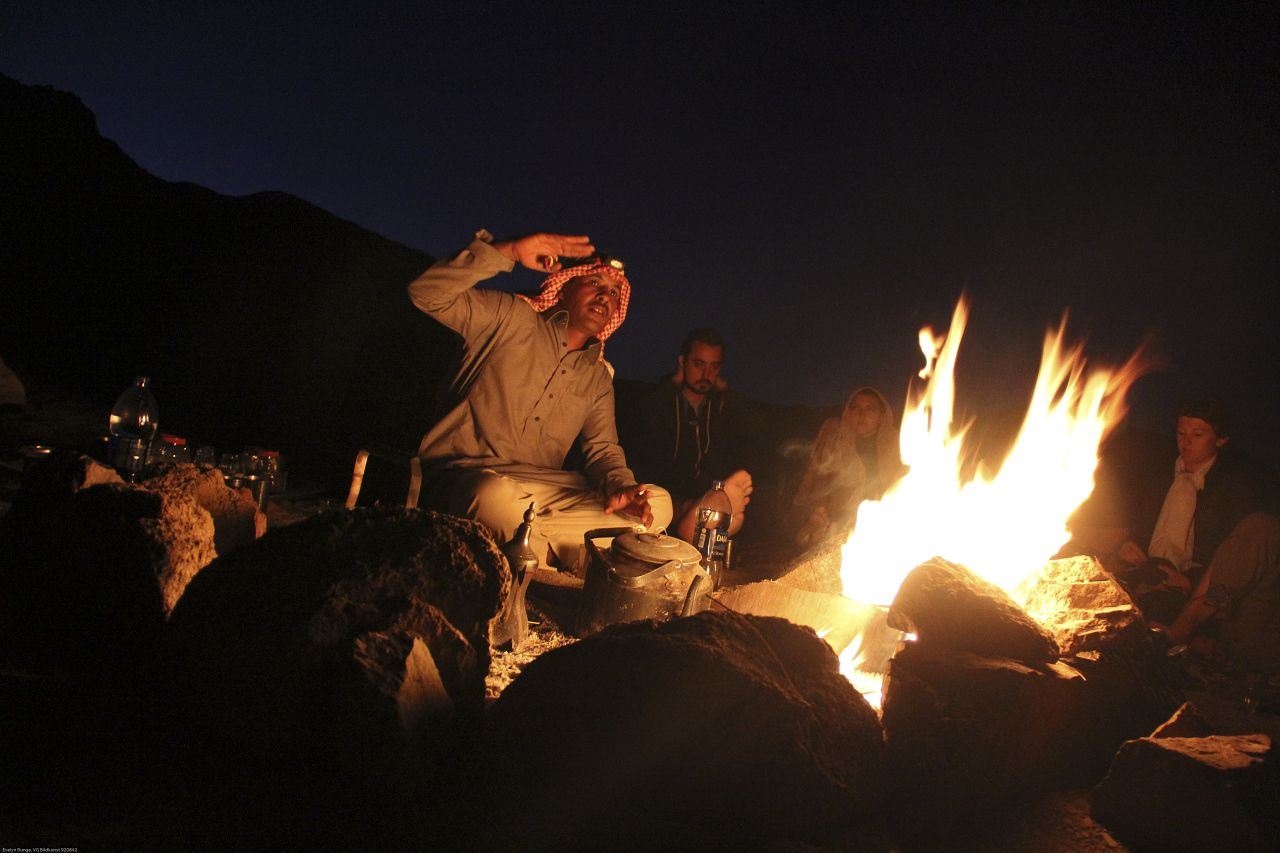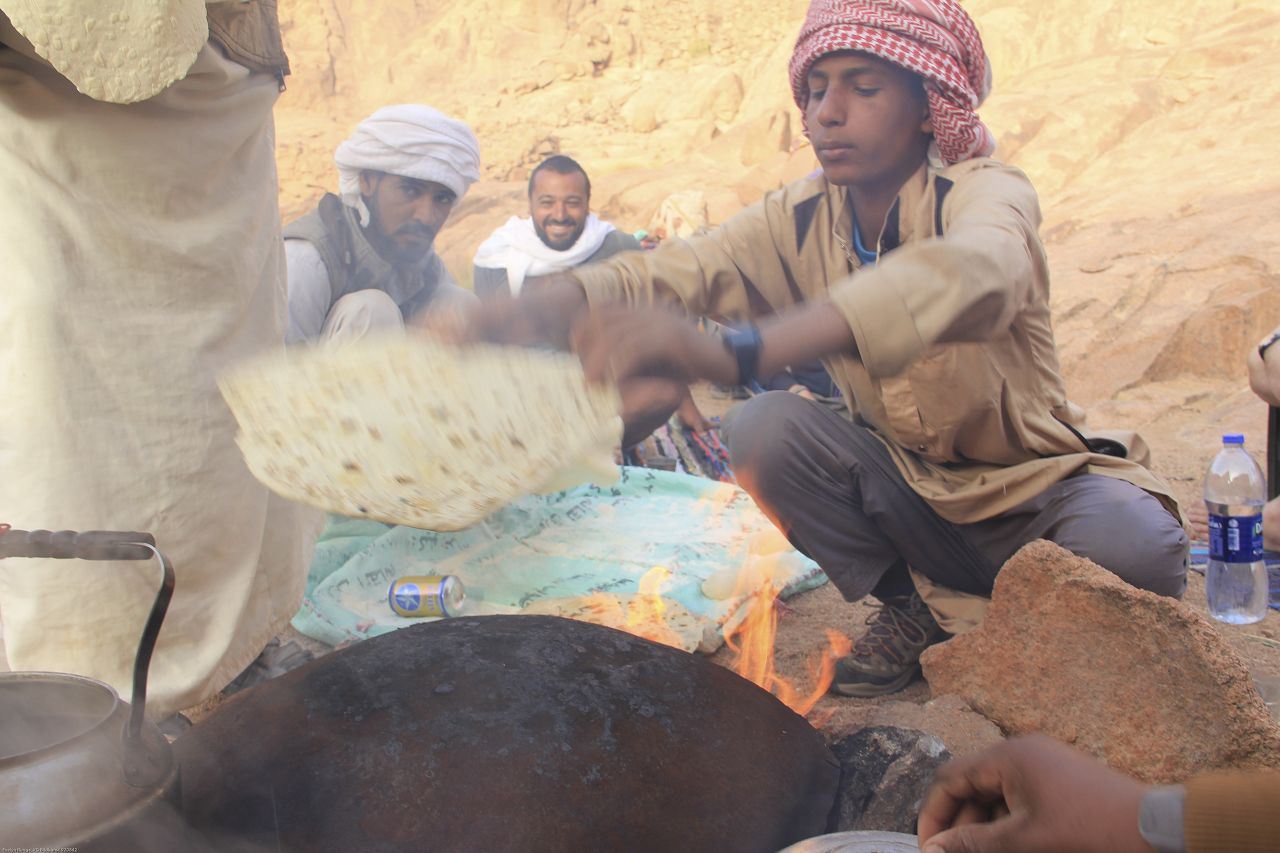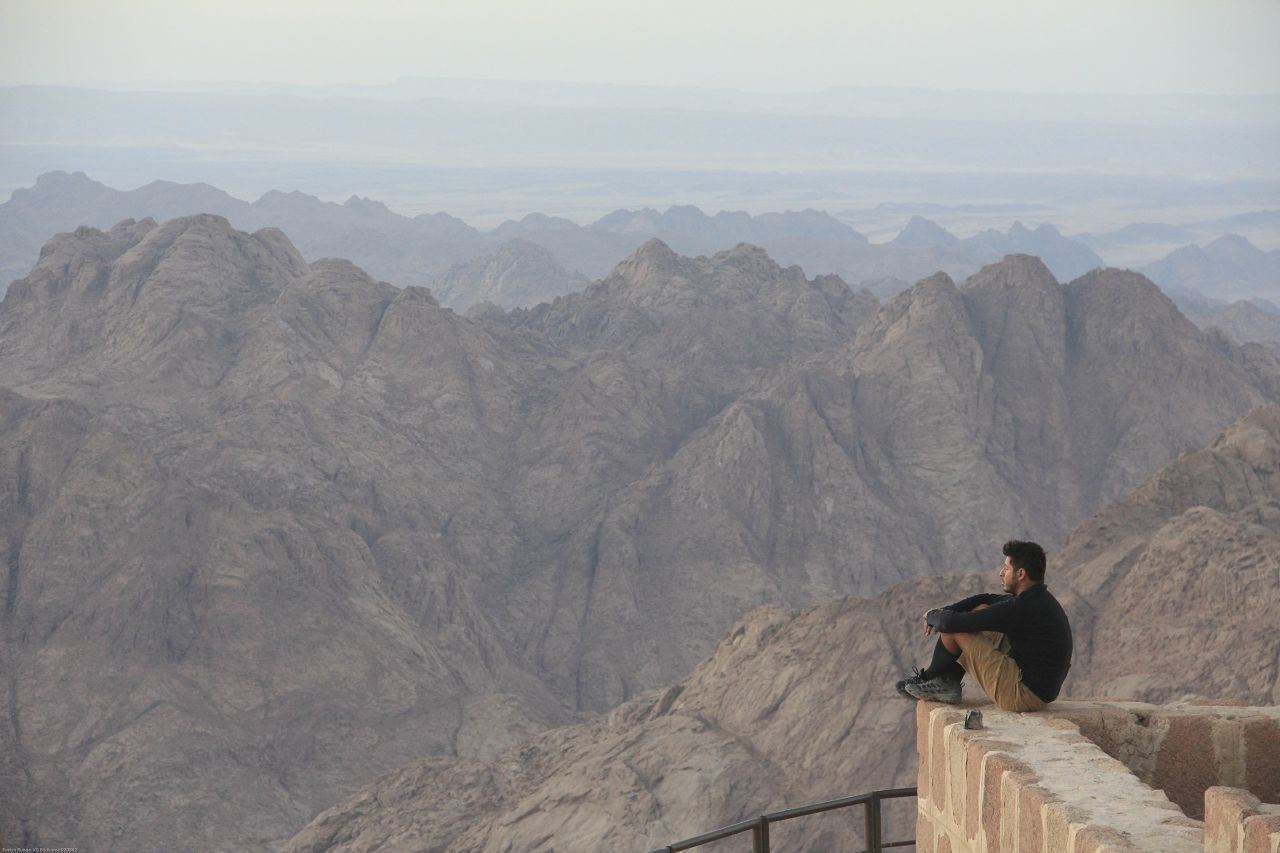Dr. Evelyn Runge is a journalist and researcher at the Martin Buber Society of Fellows in the Humanities and Social Sciences, Hebrew University of Jerusalem, in Israel. Her research project, “Image Capture. The Production Conditions of Photo-Journalists in the Digital Age“, investigates the current transformations in media economics, infrastructures, and visual storytelling. Dr. Runge’s photojournalism has appeared in “Freemen’s World”, “Frankfurter Allgemeine Zeitung” and “RiffReporter”.
 How did you start to be involved in photography?
How did you start to be involved in photography?
My father gave me my first camera when I was nine. It was a consumer medium-format camera; he himself received it from his grandfather many years before I inherited it. Later, I photographed with automatic compact cameras. I bought my first automatic SLR camera when I was 16, shortly after I began working as a freelance journalist for the local newspaper. During the 1990s, this newspaper still had a darkroom and a wet lab in the basement where I developed my BW-films and enlarged photos. Later we worked with a negative scanner. The editors were very generous with film material and asked me to shoot a lot.
Firstly, I learned a lot; secondly, the fee for images was much better than what I received per printed line of text. During my studies at Munich University and at the German School of Journalism, I had a job interview to join a photo agency specialising in sport photography, but when they asked me to buy a telephoto lens for the job, it was clear I could not afford it. I started working in the wet lab of a friend who mainly produced stock photography at that time. In exchange for developing his colour negatives and producing contact sheets, I could use his equipment to work on my own stuff. At that time, I mainly shot in BW and enlarged on Baryta photo paper.
Later, already in the digital age of photography, I enjoyed introducing my students at university to work in the dark room, to produce photograms, develop films and enlarge prints. For many of them, using an analogue camera with a view finder and without a display was challenging but exciting.
How does your creative process look like? Do you carry your camera with you and take pictures of things you see? Or do you have a dedicated time for taking pictures?
 My creative process depends on the circumstances. As an example, I would like to talk about my journeys with the Bedouins: In April 2018, I crossed half of the Egyptian Sinai peninsula with three Bedouin tribes on foot, 220 kilometres in 12 days. I was commissioned to produce a reportage in text and photographs for a German-speaking adventure magazine for men, called “Freemen’s World”. Even before starting to photograph, I imagine potential views and my position as a photographer. How could I secure motives from close and distant range, from the changing landscapes, from the camels that carried our gear, from my fellow hikers, and from the Bedouins and their way of life? How would I deal with people who did not want to be photographed? How could I foresee good motives without knowing the exact terrain and the incidents we would face?
My creative process depends on the circumstances. As an example, I would like to talk about my journeys with the Bedouins: In April 2018, I crossed half of the Egyptian Sinai peninsula with three Bedouin tribes on foot, 220 kilometres in 12 days. I was commissioned to produce a reportage in text and photographs for a German-speaking adventure magazine for men, called “Freemen’s World”. Even before starting to photograph, I imagine potential views and my position as a photographer. How could I secure motives from close and distant range, from the changing landscapes, from the camels that carried our gear, from my fellow hikers, and from the Bedouins and their way of life? How would I deal with people who did not want to be photographed? How could I foresee good motives without knowing the exact terrain and the incidents we would face?
Every photo-story starts with this mental work. To photograph during the hike was challenging because I had to be on high alert all the time. I adjusted to the Bedouins to take pictures behind the scenes: while most hikers got up for breakfast at 6, the Bedouins got up much earlier to start a fire and to bake fresh farashee, thin Bedouin-bread, for breakfast. During lunch time, after hiking from 7 until 11.30h in the morning, I could not rest like my fellow-hikers because I wanted to capture how the Bedouins prepare food. Before putting up my own tent at night, I had to make sure that I caught some pictures of my fellow hikers pitching their own tents. And then things happen that one is not prepared for. On the first day, a deadly viper nestled in the bark of an Acacia tree, exactly where we wanted to rest. It was easy to shoot a photograph of it on the bark, but when one of Bedouins eventually decided to kill it, he did it so quickly that it was hard to follow: with the help of a branch he catapulted it from the bark, held its head down and smashed it with a stone. Then he went on to prepare our lunch. One time one of our camels got stuck with its baggage and one foot in the rocks. I was positioned further uphill and could not focus on ‘the problem’. I have photos from this spot, and I do remember this scene clearly, but I do not feel the urge to show these images: they are not strong enough.
 And of course, after the journey, another part of the creative process takes place, that is selecting images. And letting go of them at the same time, because the selection that is later done by the photo-editor does not necessarily fit with my personal favourites. In the case of the Bedouin story, the magazine chose to print 14 pictures. I found it very interesting to see the final selection done by them: I think they chose rather conservative-looking photographs. But I understood that the photo-editor came from a different point of view than me: she had not been to the desert, and her selection was that of a ‘first look’. Then I thought maybe it is a good way to choose pictures, because most likely the readers will also be in the position of never having been to the place I have been to.
And of course, after the journey, another part of the creative process takes place, that is selecting images. And letting go of them at the same time, because the selection that is later done by the photo-editor does not necessarily fit with my personal favourites. In the case of the Bedouin story, the magazine chose to print 14 pictures. I found it very interesting to see the final selection done by them: I think they chose rather conservative-looking photographs. But I understood that the photo-editor came from a different point of view than me: she had not been to the desert, and her selection was that of a ‘first look’. Then I thought maybe it is a good way to choose pictures, because most likely the readers will also be in the position of never having been to the place I have been to.
What do you use? Mobile phone? Professional equipment? Classic BW photography (if so, are you able to also control the whole process?)
I do mobile phone photography, but I do not take it too seriously. It can be fun and fast, but I think the screen is an obstacle to composing properly. I prefer cameras with a viewfinder, and yes, I own professional and semi-professional equipment. As my preferred digital SLR camera, I shoot with a Canon. I have owned it since 2010, and I bought it from the money I received as prize money: at that time, I mainly worked as a text journalist, and I was awarded the “Nachwuchspreis für Reisejournalisten” (talent award for travel journalists) from Switzerland’s Graubünden canton: I wrote a piece about the life of ants in the Swiss national park. My story was published in “Frankfurter Allgemeine Sonntagszeitung” on September 26th, 2010 (in German). The link to a reprint in the Swiss nespaper "Engadiner Post" is here (December 16 2010, p. 13).
I also work with an analogue medium-format camera, and with this one I mostly do BW photography. I used to develop films and enlarge prints, also in colour, but do not have the time and opportunities now here in Jerusalem.
What would you say is your biggest achievement in photography?
That I still enjoy it.
In your current research project “Image Capture” you investigate the production conditions of photojournalists and the development of the global image market in the digital age. How does your photography work and scholarship relate to one another?
 I think that my research work makes me more reflective about my photojournalism, and vice versa. I also have great respect for everyone who survives the tough circumstances on the image market, due to the low fees that are paid for photojournalism and the allotment that some photo agencies keep for themselves instead of sharing the revenue equitably with those who create the images: the photographers. It is quite common that at a certain point, freelance photojournalists leave their job to do something else, for instance taking up a more stable position as a photo editor or moving into something different. In the interviews I did with photo journalists, photo editors and photo producers as part of my academic research, it turned out that most of them believe in their professionionalism, for example how to gain access to informants, or how to tell a story – basically core journalistic skills. Therefore (and to my surprise), they were not afraid of competition from amateurs on social media.
I think that my research work makes me more reflective about my photojournalism, and vice versa. I also have great respect for everyone who survives the tough circumstances on the image market, due to the low fees that are paid for photojournalism and the allotment that some photo agencies keep for themselves instead of sharing the revenue equitably with those who create the images: the photographers. It is quite common that at a certain point, freelance photojournalists leave their job to do something else, for instance taking up a more stable position as a photo editor or moving into something different. In the interviews I did with photo journalists, photo editors and photo producers as part of my academic research, it turned out that most of them believe in their professionionalism, for example how to gain access to informants, or how to tell a story – basically core journalistic skills. Therefore (and to my surprise), they were not afraid of competition from amateurs on social media.
What is different in photography from your academic career? And what is similar?
Whereas in my academic work, most times I am glued to my laptop inside a building, photography gives me the chance to work outside and in nature. Similarities are for instance: to make sense of something, to make things visible for others, to tell stories, to engage with unknown people in an unprejudiced manner, to convince them why their opinion or lifestyle matters to me and society, to look closely, to show and respect societal diversity, and to stay curious.
Does this task conflict with your academic work, such as missing deadlines or having to choose between events?
I am grateful that I can live and work in my triangle of research, journalism and photography, plus adventures. Sometimes one activity is more important than another. In general, I wish for more encounters and co-working options with colleagues who also use photography in their research, such as anthropologists. So: if any ECREA member is interested, please get in touch with me.
Would you recommend your hobby to other academics?
I would recommend taking photography more seriously than a hobby.
Photo credit:
Portrait Evelyn Runge. Credit: Chris Coe
Bedouin Stories with Nasser Mansour from the Jebeliya tribe. Credit: Evelyn Runge (©_Runge_Evelyn_k-IMG_5408.jpg)
Baking Farashee. Credit: Evelyn Runge (©_Runge_Evelyn_k-IMG_5892.jpg)
View over Southern Sinai from Jebel Katharina, Egypt’s highest mountain. Credit: Evelyn Runge (©_Runge_Evelyn_k-IMG_5864.jpg)